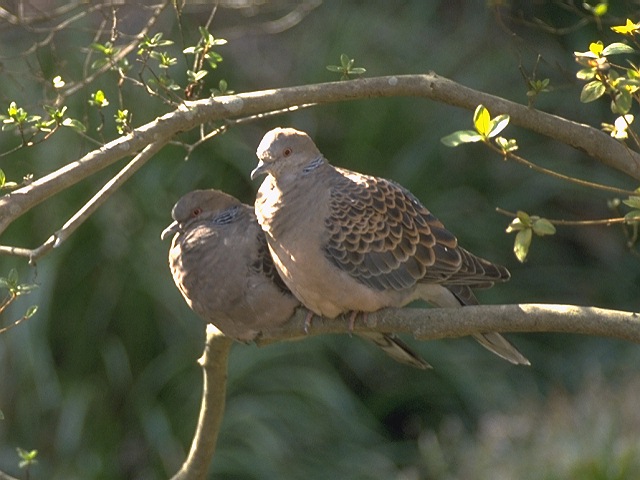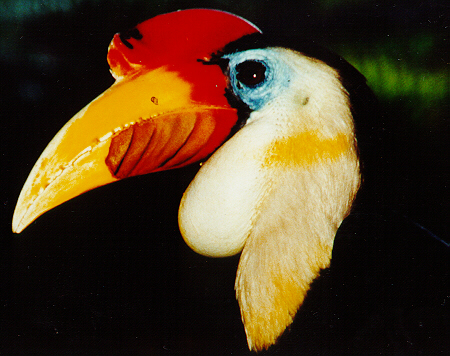 |
 |
 |

|
 |
 |
 |
 |
 |
 |
 |
.
FAUNA
 |
BIRDS OF THE HIGHLANDS Special places in the highlands, such as Fraser's Hill and Mount Kinabalu, are famous as sites for birdwatching. Why? Forest in the highlands is different from that in the lowlands, and supports a different community of birds. The forest is cooler, damper, short in stature, and contains mostly different plant species from those found in the lowlands. There are differences in fruit production and insects as food for birds as well, but these have not been well studied. Bird species in the highlands tend to be related to those of subtropical mainland Asia, whereas birds in the lowland tend to be related to those in the rest of island Southeast Asia. |
|
Because of the differences, some of which are well known and others which are not, there are about 74 birds in Peninsular Malaysia, and 62 in Sabah & Sarawak that occur only in highland areas. These are resident there all year. There are another 6 species in Peninsular Malaysia and 3 in Sabah & Sarawak which breed further north in mainland Asia and, when they arrive here on migration, winter mainly in the highlands. Some of the 74 Peninsular Malaysian and 62 Sabah & Sarawak highland birds are shared, but many are only found in one region or the other, so that the highlands total 113 resident species in the whole of Malaysia. These birds are the ones that are confined to the highlands, but they are not the only birds to occur there. In addition, there are many birds typical of the lowlands, but which also extend up into the highland forest. In the entire region of Fraser's Hill, for example, from the Gap at 2700ft to the peak at 4200ft, about 260 species of birds have been recorded. This includes 70 of the highland residents, 5 of the 6 highland migrants, and 185 that are wide spread and that may extend just a short distance up into highland forest or reach all the ways up to the peaks. If we take that for these birds highland forest begins at about 2700ft and extends upwards from there to the peaks, then the total diversity of birds is greater near the lower limit, and declines with increasing altitude. This is true both for the community as a whole, as the typically 'lowland' birds drop out one by one, and also for the 74 bor 62 highland birds themselves. It is increasingly difficult to survive at higher altitudes, where the weather is cooler, the plant community is less diverse, and where feeding opportunities are probably more limited. The birds of teh highlands are particularly important, for several reasons. First, the highlands contain a high proportion of the 'endemic' birds that are found only in Malaysia and nowhere else in the world. Two of the three endemic birds of the Malay Peninsula, and 20 of the 33 endemic birds of Borneo, are found only in the highlands. Examples are the Malaysia Whistling Thrush, The Mountain Peacock-pheasant, and the Kinabalu Friendly Warbler. We have a special responsibility for these species because their entire populations occur within this country. Second, highlands birds are found in a relatively small geographical area, of course because highland only occupy less than 10% of the whole country. Because of this, birds in the highlands (and particularly those which are strictly confined to the highlands) are more vulnerable to disturbance than widespread ones.
Birds in the highlands are often brilliantly coloured - for example the Long-tailed Broadbill, the Green Magpie, the Crimson-breasted Wood-patridge. They can also be easier to see, and tamer, than birds elsewhere. Malaysian Treepies on Mount Kinabalau, and the various Laughingthrushes at Fraser's Hill, are noisy and active. Therefore the birds in these areas add much to the visitors' enjoyment and to the value of these places for recreation. Birds in the highlands therefore help to maintain the economic viability of tourism, as well as being intrinsically important, scientifically important, and important as pollinators and seed dispersers of highland plants. |
|
This page has been visited times.

